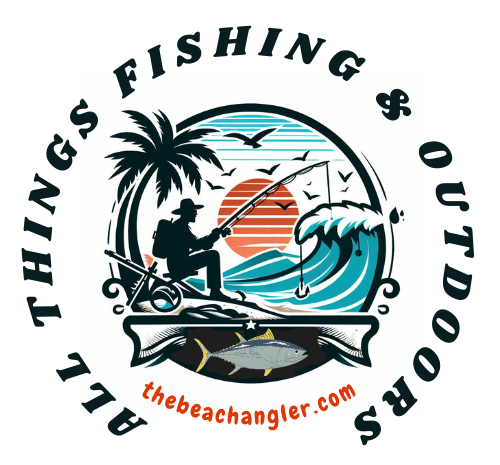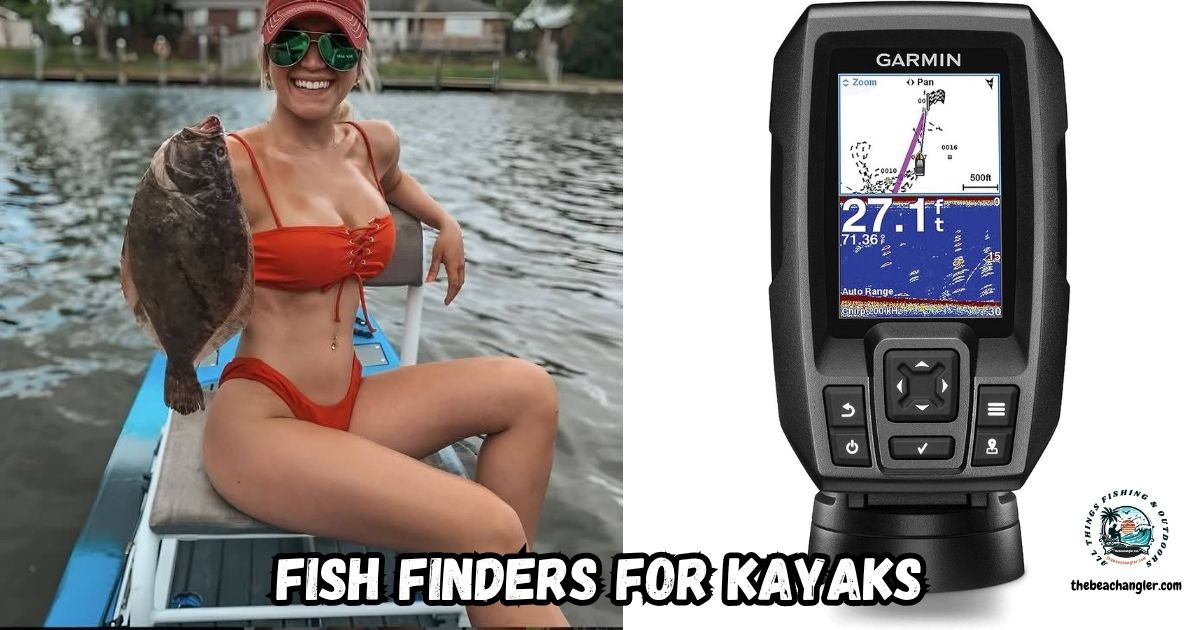Kayak fishing brings its own kind of thrill, different from fishing onshore or in a regular boat. I get the freedom to move across the water, close to nature, picking my route and pace with each paddle stroke. One piece of gear I’ve found truly transformative is the electronic fish finder.
QUICK LOOK: Key Features of Fish Finders for Kayak Fishing
- Portability: Space is tight in a kayak. Compact and lightweight fish finders don’t clutter my deck or interfere with paddling.
- Waterproof Rating: Splashes are inevitable, and I want peace of mind knowing my gear is safe from drips or a quick downpour.
- Battery Life: For long fishing sessions, a reliable power source is a must. I look for models that last several hours on a single charge.
- Clear Display: Bright sunlight can ruin any screen that isn’t well designed. I look for easy-to-read displays that cut through glare and are visible in all sorts of weather.
- Flexible Mounting Options: Secure, easy-to-remove mounting makes swapping between kayaks or stowing my equipment much easier.
- Simple Controls: I don’t want to fumble with complex menus. An intuitive interface keeps my focus on fishing.
These clever devices aren’t limited to big boats; nowadays, they come in compact sizes perfect for kayaks. If you’re wondering how to pick the right fish finder and get the most out of it for kayak fishing, stick with me—I’m about to break it all down.
Why Use an Electronic Fish Finder for Kayak Fishing?
When I started kayak fishing, I wanted a quiet escape from busy lakes and crowded banks. At first, using tech like a fish finder seemed like too much, but it quickly showed its worth. Fish finders work surprisingly well in small crafts, and with advances in technology, they’re highly accurate and efficient.
These gadgets help me spot structure, figure out water depth, and even locate active fish. On busy days or when time is short, the information they provide lets me make every cast count. The boost in modern fish finder technology can’t be overstated.
Whether I’m scanning for submerged logs, stumps, or weed beds—hazards that can tangle a kayak trip—they step up my ability to find and target the spots that matter. That translates into more time spent fishing instead of guessing where to cast, whether I’m chasing bass, trout, or even saltwater species.
Must-Have Features for a Kayak Fish Finder
Not all fish finders perform equally well on kayaks. Here are a few things I always check before I buy:
- Portability: Space is tight in a kayak. Compact and lightweight fish finders don’t clutter my deck or interfere with paddling.
- Waterproof Rating: Splashes are inevitable, and I want peace of mind knowing my gear is safe from drips or a quick downpour.
- Battery Life: For long fishing sessions, a reliable power source is a must. I look for models that last several hours on a single charge.
- Clear Display: Bright sunlight can ruin any screen that isn’t well designed. I look for easy-to-read displays that cut through glare and are visible in all sorts of weather.
- Flexible Mounting Options: Secure, easy-to-remove mounting makes swapping between kayaks or stowing my equipment much easier.
- Simple Controls: I don’t want to fumble with complex menus. An intuitive interface keeps my focus on fishing.
Top Electronic Fish Finders for Kayaks
After several seasons on the water—and plenty of conversations with other kayak anglers—these are some standouts that have earned their spot in my setup:
Top 5 Electronic Fish Finders for Kayaks
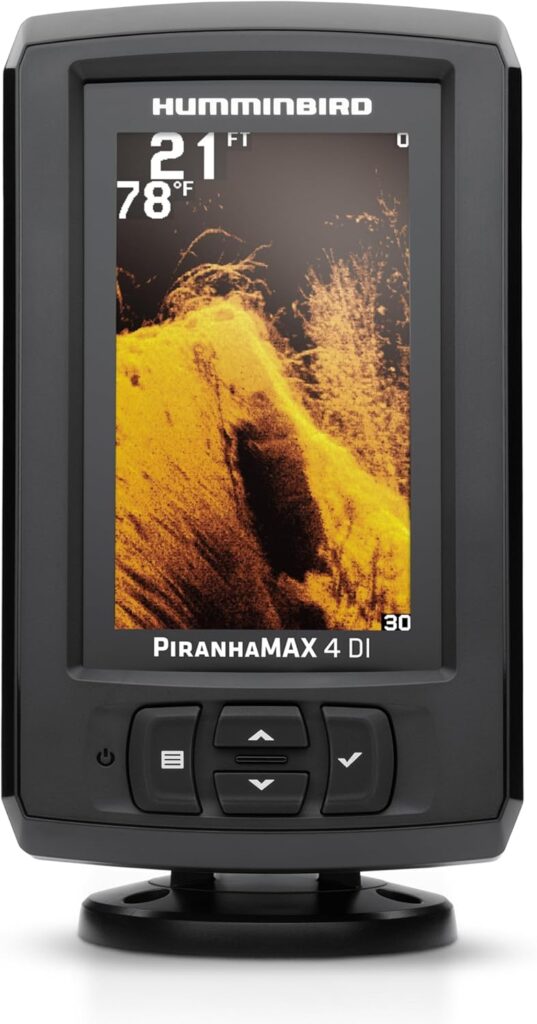
Humminbird PiranhaMAX 4 Fish Finder
Dual Beam Sonar: Choose from a narrow and a wide beam for great detail or a generous coverage area, helping you identify fish, structure, and contours. Down Imaging: Get a clear view of what’s happening below your boat with Down Imaging. As you patrol the water, you’ll watch timber, brush, bridge pilings, rocks, and any other structure pop with great detail. Tilt and Swivel Mount: Quickly adjust your viewing area angle. 1-Year Limited Warranty

LUCKY Handheld Kayak Fish Finder
The portable fish finder, with an updated 2.4inch TFT color LCD screen(more clear to display), can detect and display underwater contour, water depth, water temperature, and fish size(big/middle/small) and fish depth.

Garmin Striker 4, 3.5″ GPS Fishfinder
Clear Vu scanning Sonar shows you more of what is in the water around your boat; This high-frequency sonar gives near photographic images with detailed representations of objects, structure, and fish. Offers a keyed interface with dedicated buttons. The device is easy to use and easy to install; Available in 3.5, 5, and 7 inch display sizes; Water rating IPX7.
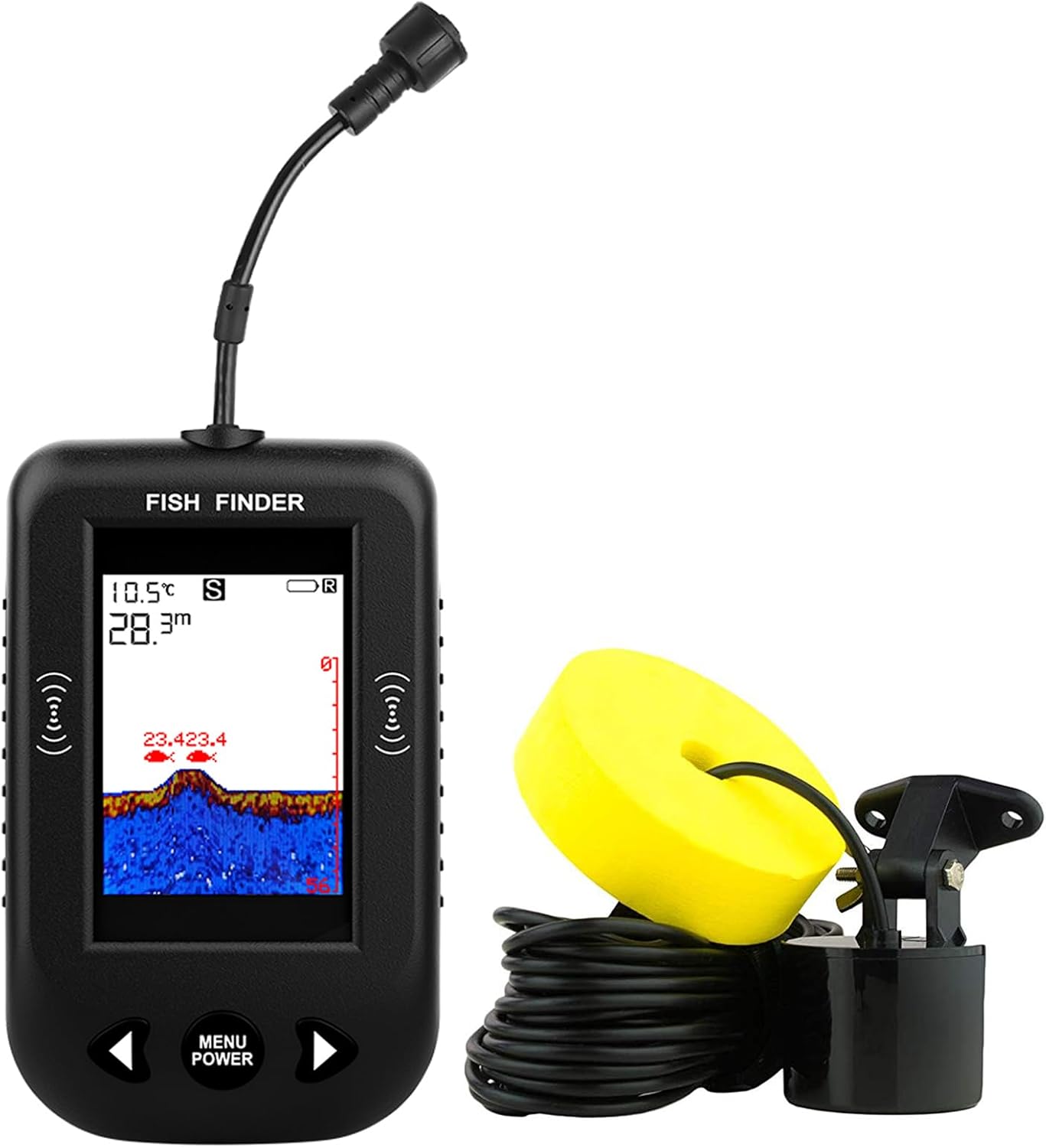
RICANK Kayak Portable Fish Finder
Multi-Function LCD Monitor: With a 2.8-inch TFT color segment screen, the portable fish finder can detect and display underwater contour, water depth, water temperature, and fish size with depth. It can be used for offshore fishing, kayak fishing, ice fishing, lake fishing, sea fishing, river fishing, and so on. The detection of depth range is from 3ft(1m) to 328ft (100m) below the fishing sonar transducer.
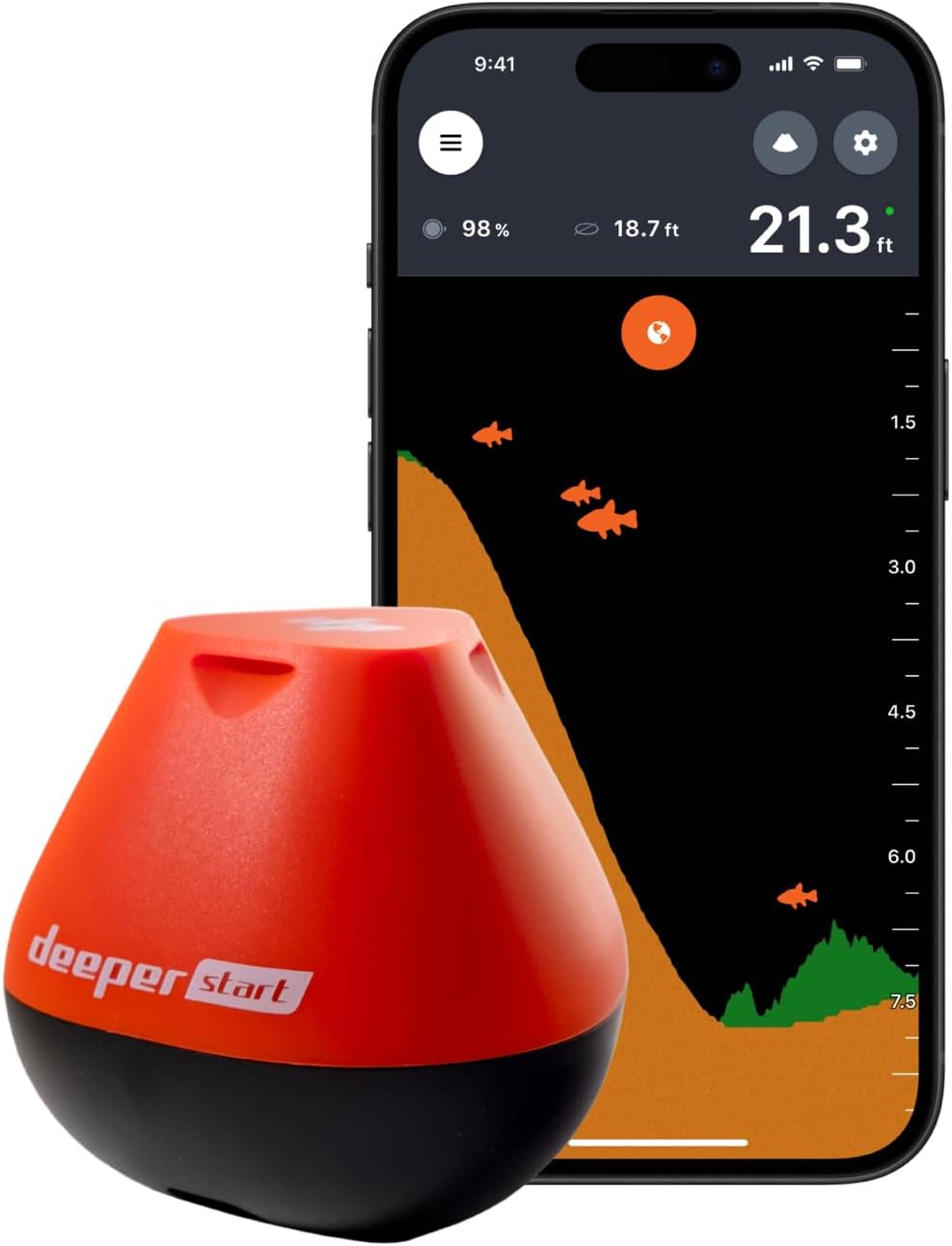
Deeper Start Fish Finder
Bluetooth Fish Finder that generates its own Wi-Fi, the START depth/fish finder won’t eat up your mobile data and automatically saves every scan with time and location for easy revisits. Simply pair with the Fish Deeper app on your mobile device and instantly see useful data like fish location and size, depth, bottom contour, and vegetation. Free to download and compatible with iOS and Android devices.
Setup and Mounting: Getting the Most from Your Fish Finder
Mounting a fish finder in a kayak doesn’t take a pro, but planning makes the process smoother. Here’s what’s worked for me:
- Transducer Arm: Mount the transducer securely, ideally in a way that lets you lift it quickly if you drift into weeds or shallow zones. An adjustable arm is a big help here.
- Battery Storage: Waterproof battery boxes or dry bags protect against splashes. I set my battery low in the kayak for balance and stability.
- Quick Release Mounts: Fast changes in weather or the need to switch boats make quick release mounts invaluable—just pop the finder off and stow it in seconds.
Understanding Sonar Technology
The terminology can get confusing, but these basics keep me on track:
- Down Imaging and Side Imaging: These features make it much easier to visualize the lakebed. They help me track down rocks, sunken branches, and ideal fish-holding structures.
- CHIRP Sonar: By sending out a wide band of frequencies, this tech helps me pick up on the difference between a big fish and a school of bait.
- Bluetooth and Smartphone Connectivity: Some models let me use my phone as the display. That’s handy for logging catches, storing trip data, and comparing notes from spot to spot.
Common Challenges and How I Handle Them
Trouble crops up from time to time, but here’s my approach to staying on top of the most common issues kayakers face with electronics:
- Battery Dying Early: I always bring a charged backup battery or a USB power bank. This way, I’m not stuck without sonar or with a dead smartphone.
- Screen Glare: Sunlight can muddy any display. I use a glare guard or visor, and check my polarized sunglasses for compatibility before launching.
- Water Sneaking In: Even with water-resistant ratings, it’s smart to keep an eye out for leaks around ports or seams. A small towel lets me quickly dry off a wet screen.
- Transducer Placement: The transducer needs to sit just beneath the water’s surface with no air bubbles—otherwise, sonar readings become unreliable. I always double-check this before each trip.
Helpful Tips for Maximizing Your Fish Finder
Practice makes perfect with any gadget, and fish finders are no exception. Here’s how I get the most out of mine:
- I dig into the manual or check out “how-to” videos for every new model. Learning quirks ahead of time saves headaches later.
- Whenever I reach an unfamiliar lake or river section, I scan various depths and features before making my first cast. This search sometimes reveals hotspots I would overlook otherwise.
- I watch water temperature closely, especially as seasons shift. Fish track temperature zones, and my finder helps me pinpoint those bands in spring or fall.
- Recording waypoints or saving screenshots of intriguing sonar returns helps me return to successful spots again and again.
Frequently Asked Questions
Conversations with fellow kayak anglers often turn up a few repeated questions. Here, I’ll cut straight to the answers:
Do I really need a fish finder for kayak fishing?
In my experience, yes. Even a simple model boosts my catch rate by letting me track down prime fishing spots and avoid wasted effort. The extra edge is impossible to ignore once you get used to having that feedback.
Will a fish finder burn through my battery?
Most models made for kayak use are designed for efficiency. I adjust brightness and power settings to save battery and recharge after every outing. Backup power is always a safe bet.
Where’s the best spot to mount a transducer?
I’ve found that the center of the kayak works well, as long as the sonar path below is clear. Some newer kayaks have built-in scupper holes or flat surfaces to smooth the way for installation.
Are these devices waterproof?
Modern kayak fish finders have decent water resistance, but I never skip added protection like covers or dry bags to prevent damage in unexpected weather.
Wrapping Up: My Take on Using Fish Finders in Kayak Fishing
Adding a fish finder was a game-changer for my kayak fishing. Instead of aiming blindly or tossing bait at random depths, I fish with a plan and make solid use of my time. When it comes to making a choice, think about portability, mounting, water resistance, and battery—these are what matter most on the water.
From reading underwater structure and finding fish fast, these small but mighty devices seriously give kayak anglers an edge. The bottom line: if you want to boost your success and enjoy smarter fishing trips, an electronic fish finder is a smart buy. Make your list of must-haves, learn the basics of reading sonar, and you’ll quickly notice just how much more productive your adventures on the kayak can be.
Check Out Our Most Recent Articles:
- Berkley Gulp Turbo Shrimp And Nemisis Prawn
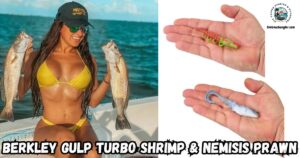
- Okuma Makaira Spinning Reel
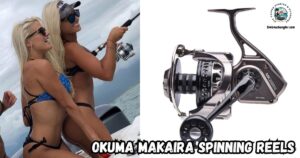
- Technology For Pre Scouting Fishing Locations
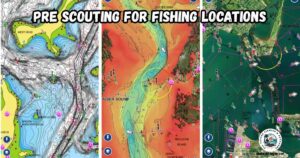
- 6 Advantages of the Okuma Azores Blue Saltwater Spinning Reel
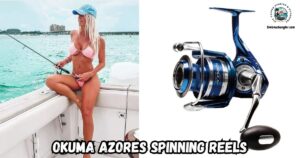
- How Does The 80/20 Rule Apply To Saltwater Fishing
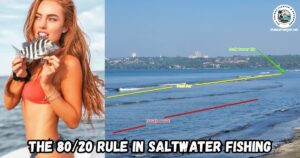
- KastKing Estuary Inshore Saltwater Fishing Rods Are A Practical Choice
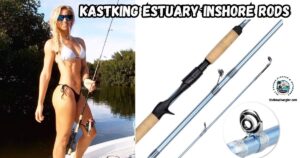
As always, stay safe, enjoy the journey, and please try to leave it cleaner than you found it. If you have any comments, questions, ideas, or suggestions, please leave them in the comment section below, and I’ll get back to you ASAP. You can follow us on Facebook: Rex The Beach Angler, Instagram: thebeachangler7, Twitter: @AnglerBeach, and YouTube: Man Art Creations.
P.S. Thanks so much for checking out our blog; we really appreciate it. Just so you know, we may receive a commission if you click on some of the links that appear on our site. This helps us keep our content free and up-to-date for everyone. We appreciate your support!
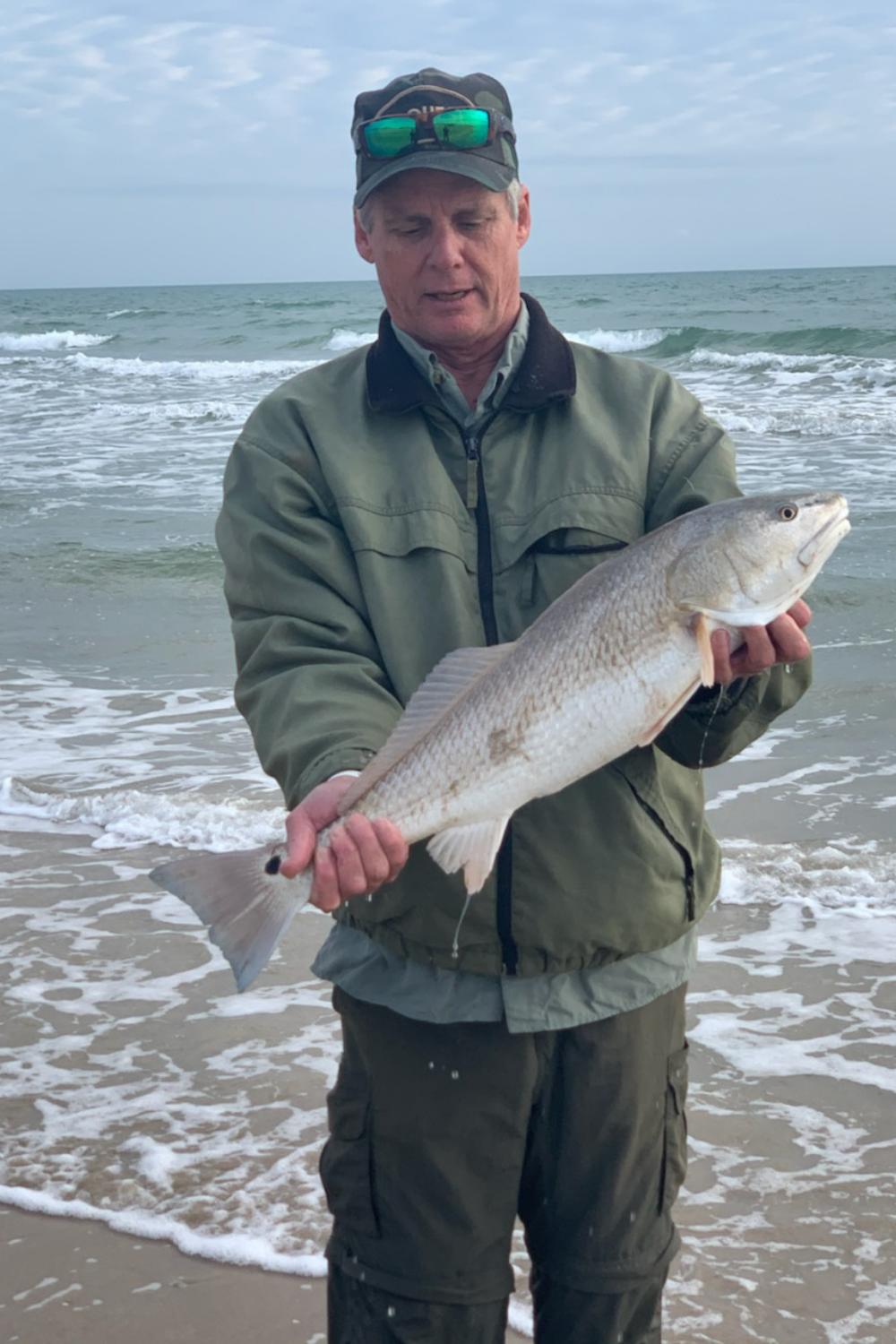
A life long surf fisherman with 50+ years of experience, I am also an avid hunter and outdoorsman. I will be sharing my passion for the outdoors with you so be prepared for hunting, fishing, camping, hiking and more. Along with gear reviews and the latest trends and innovations in the outdoor industry.
